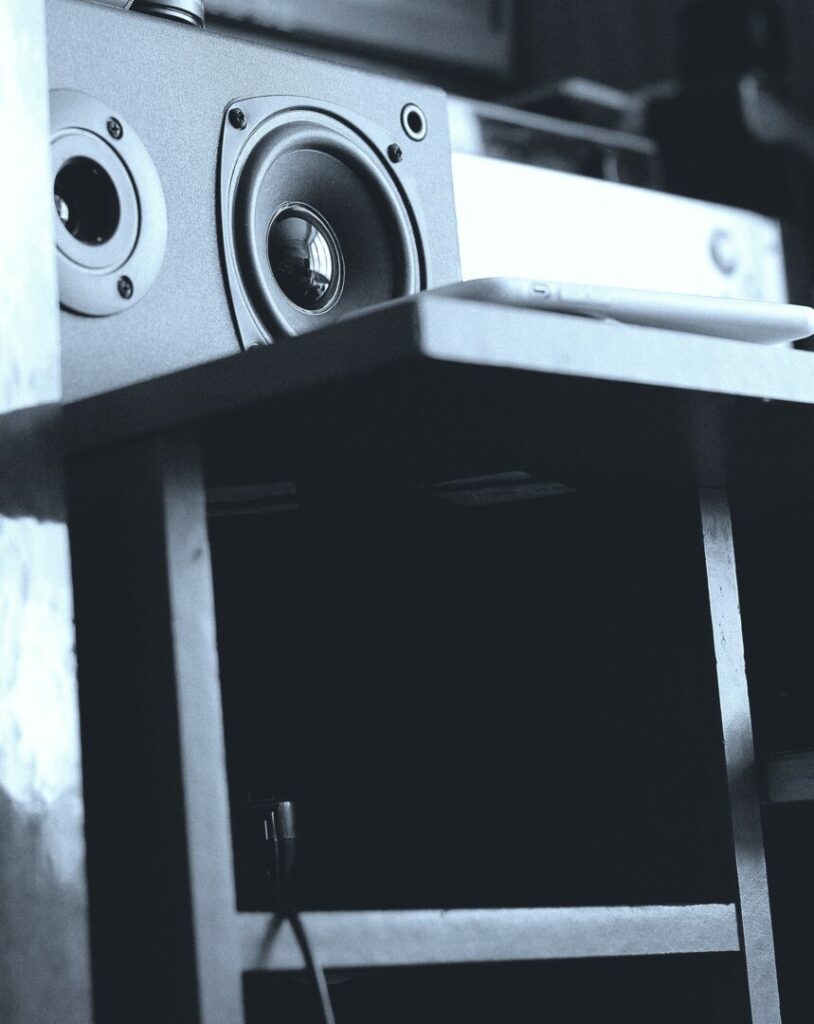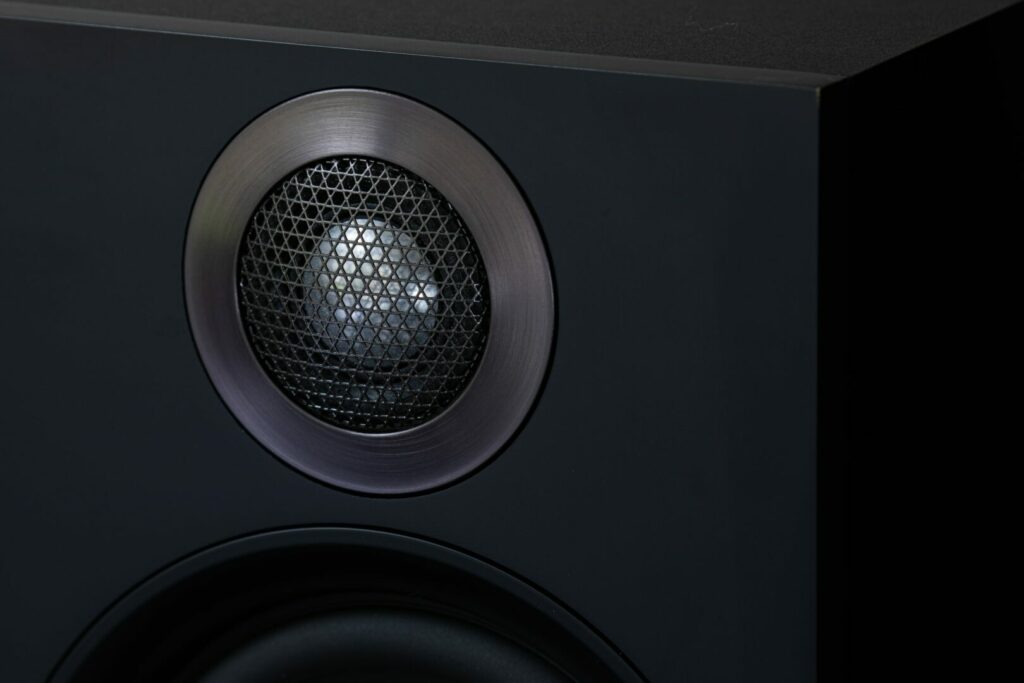How Important Is Timbre Matching Your Home Theater Speakers?
How Important Is Timbre Matching Your Home Theater Speakers?

Timbre matching is important, but I think it depends on the speakers too. For example the front right & left speakers should be timbre matched since that’ll allow for similar sounding audio whenever something on screen has any kind of movement from one direction to another, whereas surround speakers being timbre matched to the front speakers isn’t as crucial necessarily.
How important Is timbre matching your home theater speakers?
Whether you’re brand new to home theater, or have been with the hobby for a while, it can seem like an expansive subject where there’s always something new to learn.
One aspect that’s particularly interesting is how much of a difference optimizing what you have can make in terms of audio.
Along that same train of thought, there’s multiple ways of making your speakers sound better, even if they’re older speakers.
As a lover of audio and tech in general, I wanted to cover a topic that’s especially helpful regarding that, timbre matching.
But what is it, and how important is it when it comes to your home theater speakers?
There’s actually multiple parts to that answer, so here’s my take on it.
What Does Timbre Matching Mean?

There’s different ways that timbre matching could be described, but basically think of it as making sure that the elements of the audio (the speakers) that you have in the room happen to be the same.
This allows for your sound to be more cohesive and just generally blend together better than if they were all kinds of different speakers in the same setup.
I mean think about what the words timbre and matching means by definition.
Timbre basically means how something happens to sound to an individual, while matching means being the same as something.
So when put together and in the context of home theater, it’s 2 or more speakers being the same both in terms of physicality and how they actually sound to someone.
Sometimes you’ll even see with some speakers that they say they’re timbre matched with a specific center speaker or other surround speakers within the line, and that’s basically what they mean when they’re stating that.
How Important Is It Though?
But as for our original question then, in that case, how important is timbre matching?
Well I’d say it’s very important, but that depends on what speakers you’re referring to as well.
Like the right & left speakers should be timbre matched (by being the same speaker) since that’ll allow for the same sounding audio whenever something on screen has any kind of movement from one direction to another, and in the case of the speakers, from one speaker to another.
I’ve tried having a different right speaker from the left speaker, and in dynamic content with any kind of panning, I’ve noticed it can be kind of distracting since the audio doesn’t seem to blend as well as when they’re both the same ones from my experience.
So I think those 2 should ideally be the same.
But what about the center speaker being timbre matched with the other 2 though?
In my opinion, I feel that’s a little more forgiving in terms of audio fidelity and cohesiveness, though I’d still recommend getting a center speaker that’s from the same exact line within a brand for better audio blending.
Getting one from the same overall brand or even a different one in general can work too, but it’s hard to say because not every speaker is the same.
Even having 3 of the same bookshelf or tower speaker in a row for the center, right & left speaker (known as a line array) can provide great accuracy.
That may not always be possible though due to space, or it blocking a part of the TV since the center would be vertical in that case.
It isn’t generally a good idea to use 2 bookshelf speakers as the center channel either since it can cause issues with the audio output.
Regarding the other speakers like the surrounds, back surrounds, or even Atmos speakers, I would say they’re not as important to have timbre matched.
Since they’re not typically tasked with producing as much output in the audio mix as the front speakers in the room.
Those are usually more focused on outputting the more ambient and background sounds that give that help give surround feel.
That’s one of the differences when it comes the front & surround speakers.
If you can timbre match those, then that’s great, but I’m not sure it’s as important to do.
That’s just my take on it though since not everyone’s hearing and listening environment is the same.
Are There Other Things That Might Affect How Things Sound?
But with all of this said, keep in mind there’s various other factors that can play into how things actually sound on your home theater.
Everything from the acoustics of your room, to the positioning & even the calibration of your speakers matter in your sound quality.
Even placing acoustic panels behind the speakers can help with making them seem clearer.
So taking the time to optimize these things are a great way to optimize the sound you ultimately experience.
For example, say you’re using 2 timbre matched speakers for stereo sound (meaning they’re the same), and you notice the bass from them isn’t as full as you’d prefer.
Well by moving them a little closer to the wall, it could help by making things sound a more full bodied.
Here’s a calculator for adjusting their placement.
https://easyhometheater.net/seating-speaker-calculator
Ultimately though, if at least your front 2 speakers are timbre matched, (and perhaps even the center speaker timbre matched too ideally) in my opinion I feel that’s optimal with getting a smoother sound that isn’t as distracting — as opposed to not having them be the same.
Final Thoughts
That about wraps it up for this one.
I felt I’d cover the topic so that it might be helpful when it comes to understanding that aspect of sound.
Timbre matching is important when it comes to the front soundstage in my opinion, but the other speakers don’t necessarily have to be the same to still have a quality surround sound experience.
That’s not to say having them the same won’t make them better either, it just really depends on the room and the speakers you’re using.
Hopefully you found this helpful though, and have a better idea of what it actually means.
Until next time, make it easy, keep it simple!
About Me








Leave a Reply